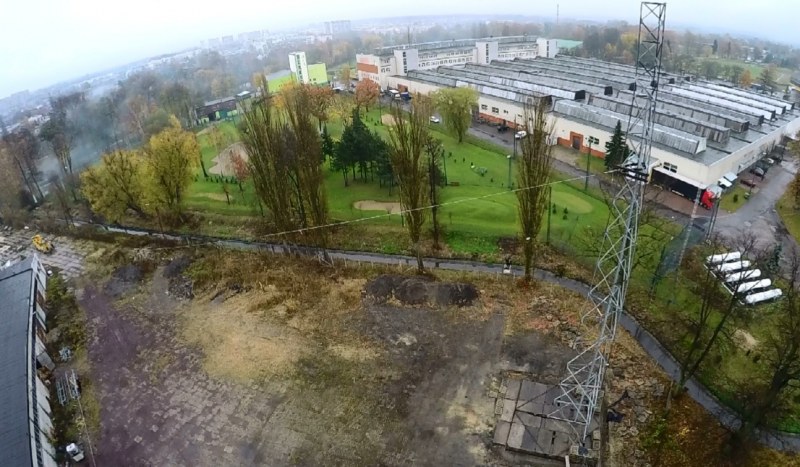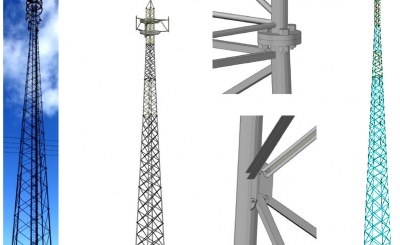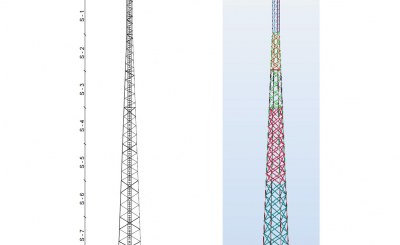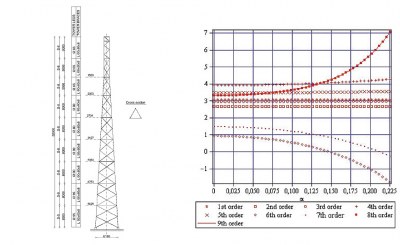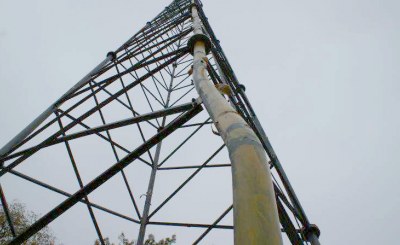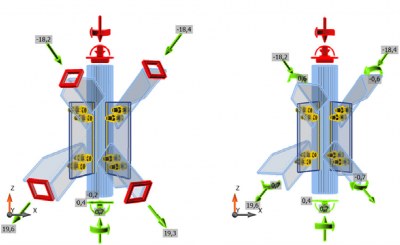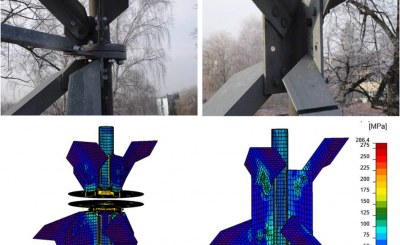Authors
J. Szafran
Highlights
- All the results described in the paper are obtained via full scale pushover test of the 40 m high telecommunication tower.
- The mechanism of failure for the structure of the high complexity has been revealed.
- Formulation of the conclusion for the effective slenderness ratio that is necessary for the bearing capacity approximation has been proposed.
Abstract
The main objective of this paper is to present and discuss failure mechanism, failure mode, as well as plastic deformation of a lattice telecommunication tower obtained during a full-scale pushover test. The manuscript consists of a detailed description of the tested structure and the experimental site. Displacements of particular nodes of the tower are presented as a function of the external load. The main conclusion is that the rigidity of joints between particular elements, which depends on thickness and diameter of connecting flanges and number and quality of bolts, determines the failure mode of the compressed tower legs. In the article, values of axial forces under compression, taken directly from the conducted test, were compared with the standard buckling resistance. On the basis of this comparison, discussion about the effective slenderness factor has been generated, and the proper determination of this coefficient has been proposed.





